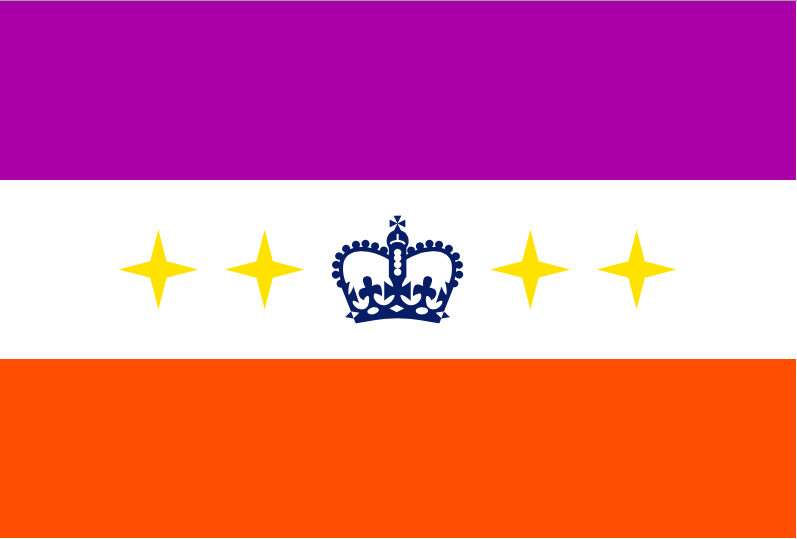

First, obtain membership in the World Trade Organization. MEFTI - Middle Eastern Trade Initiative: MEFTI works with peaceful Middle Eastern countries to help them attain three goals.In 2010, nine of the top markets for the United States were APEC members. The APEC economies comprise 44 percent of world trade and 54 percent of global gross domestic product. Its purpose is to increase negotiations between all member nations concerning common trade issues.

Its members are Australia, Brunei Darussalam, Canada, Chile, China, Hong Kong, Indonesia, Japan, Korea, Malaysia, Mexico, New Zealand, Papua New Guinea, Peru, Philippines, Russia, Singapore, Taiwan, Thailand, and Vietnam. APEC or Asia-Pacific Economic Cooperation: APEC includes countries in Asia and the Americas that border the Pacific Ocean.The United States has successfully negotiated agreements with them all, except Laos and Myanmar. The ASEAN Initiative seeks to establish bilateral trade agreements with all ASEAN members of the WTO. trade with ASEAN countries grew to $182 billion in 2008. Members include Brunei, Cambodia, Indonesia, Laos, Malaysia, Myanmar, Philippines, Singapore, Thailand, and Vietnam. It promotes the economic growth of its member countries to provide a balance of power to China and Japan. It includes 10 nations in Southeast Asia. ASEAN Initiative: ASEAN stands for the Association of Southeast Asian Nations.and CAFTA signatories was $60 billion in 2013. That reduced costs on these products for American consumers. Total trade between the U.S. trade restrictions for Central American sugar, textiles, and apparel imports. By 2008, these exports grew to $26.3 billion. It eliminated tariffs on more than 80 percent of U.S. These nations were Costa Rica, Dominican Republic, Guatemala, Honduras, Nicaragua, and El Salvador.
#TREATIES AND BLOCS QUIZLET FREE#

Transatlantic Trade and Investment Partnership: The Transatlantic Trade and Investment Partnership would link two of the world's largest economies, the United States and the EU.It could shift the balance of power in Asia. Trump’s decision to withdraw from the Trans-Pacific Partnership could pave the way for China’s membership.It's in keeping with the work of the Asia-Pacific Economic Cooperation Forum. The TPP requires compatible regulations and support of small businesses. It promotes innovation, economic growth, and development. Its goal is to enhance trade and investment. It was in process of being ratified by the members' legislatures. Leaders of these countries signed the agreement in 2016. These are Australia, Brunei Darussalam, Canada, Chile, Japan, Malaysia, Mexico, New Zealand, Peru, Singapore, and Vietnam. It would have been between the United States and 11 other countries bordering the Pacific. In 2017, President Trump withdrew the United States from the agreement. Trans-Pacific Partnership: The TPP would have replaced NAFTA as the world's largest agreement.An in-depth look into the facts about NAFTA can reveal how the trade agreement has affected the three participating nations. Between 19, trade tripled from $297 billion to $1.6 trillion. As of January 1, 2008, all tariffs between the three countries were eliminated. It covers Canada, the United States, and Mexico. NAFTA or North American Free Trade Agreement: NAFTA is the world's largest free trade area.


 0 kommentar(er)
0 kommentar(er)
